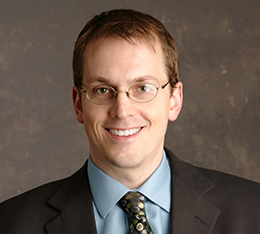California’s political reforms—redistricting and the top-two primary—were meant to shake up the status quo through radically redrawn voting districts and a primary system that let voters choose any candidate of any party, and advanced the top two candidates (also regardless of party) to the fall election.
The first time out the gate, in 2012, the reforms didn’t disappoint: numerous incumbents retired, many seats were open, and a lot more candidates threw their hats in the ring. It was the shot across the establishment’s bow that supporters had been looking for.
Things are calmer in this year’s legislative and congressional races. The most obvious sign: an unusually large number of candidates facing no formal opposition. There were eight such races in 2012 and an average of 7 under the previous primary system. Today there are 20.
These candidates may not remain completely uncontested, since there are reasons to think we may see more write-in candidates this time around. The deadline for filing as a write-in—at least one whose votes are actually counted—comes after the normal candidate filing deadline. Under the top two, potential write-ins can wait to see whether a heavyweight ends up uncontested and then jump into the race for less money and effort. As the only other candidate, these write-ins will be guaranteed a spot in the fall campaign. This was not a popular approach in 2012, but candidates are still learning the system, so we may be seeing this strategy coming into its own. We will know more once the official write-in list is announced later this month.
In 2012, there were also a number of incumbents who faced challengers from within their own party. This was a sign, in part, of the better odds facing those challengers under the top two system: so long as they finished at least in second place, they would get another chance to topple the incumbent in the fall campaign. Nonetheless, only a handful of these challenged incumbents lost. Perhaps as a result, fewer incumbents overall face an intra-party challenge this time: 28% this year compared to 42% in 2012. And with only a couple exceptions, even those incumbents facing an intra-party contest are in a dominant financial position.
Finally, there are fewer open seats this year. In 2012, an extraordinarily large number of incumbents chose to retire or run for another office, leaving nine seats open for the U.S. House and 35 open for the state assembly (open seats for the state senate were more in line with past experience). This year, there are six open seats for the U.S. House—still high by historical standards, but less so. And the 23 open seats for the assembly aren’t all that many, at least in the era of term limits.
However, the seats that have come open are hotly contested, as open seats usually are. The great majority of these races feature at least three candidates, and a few have far more than that—with the prize going to Congressional District 33, where no fewer than 18 candidates are vying to replace retiring incumbent Henry Waxman. Moreover, fundraising in these races is much more evenly distributed across a range of candidates.
We are still early in the election cycle, and between the primary and the general there are still plenty of opportunities for surprises. But so far, it looks like the revolution, such as it was, is coming to a close, and a new status quo may be settling into place.


